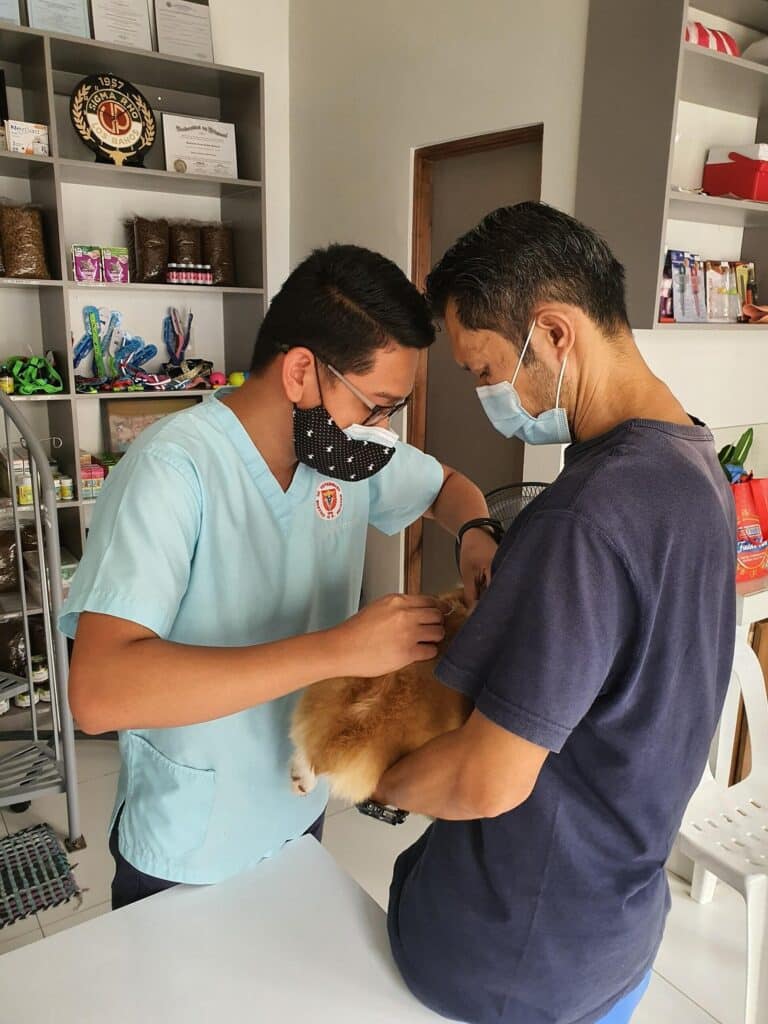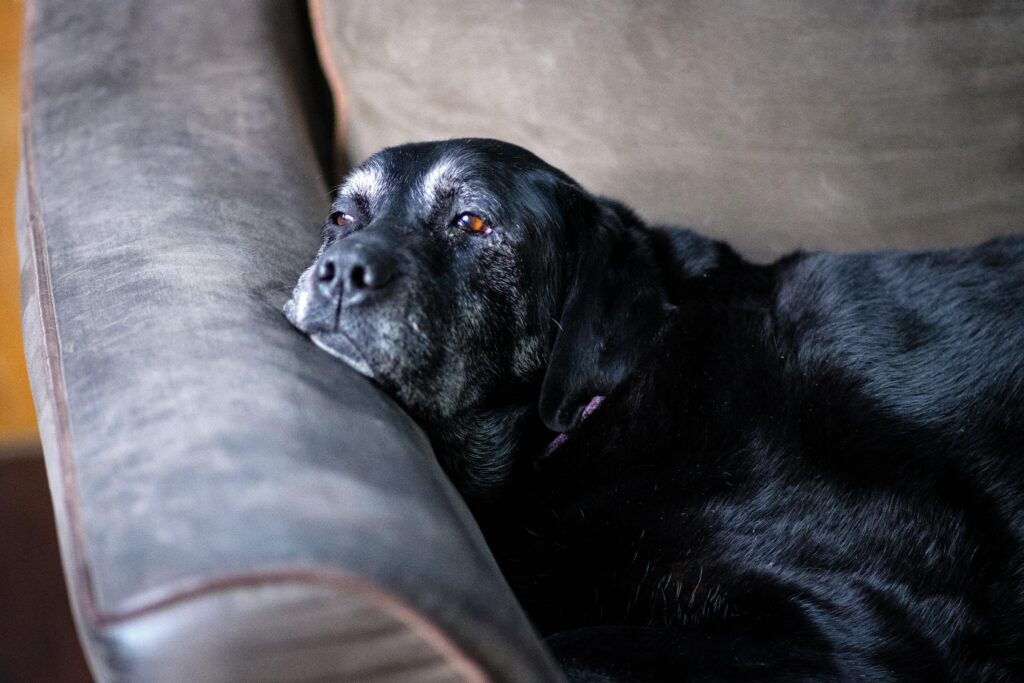Are you interested in adding aquamation to your veterinary practice?
Are you hearing from clients that they want to cremate their pets without fire being involved?
Aquamation is a relatively newer phenomenon that is becoming more popular as a way to cremate pets or individuals after they die. Some people see it as more humane and eco-friendly.
In this article, we will walk you through everything you need to know about aquamation. You can use this information to decide when and how you can add it to your veterinary practice. Read on and you’ll learn how aquamation works and whether adding this service makes sense for you.

What Is Aquamation?
Aquamation is becoming an increasingly popular way to handle the remains of a body after an individual has passed. Archbishop Desmond Tutu will have his body cremated in this way.
Many view aquamation as a more eco-friendly and beneficial alternative to the standard process of cremation. It uses water instead of fire to condense bodily remains.
It used to be the case that individuals only had two primary options when they were planning for a funeral. They could either bury the individual or cremate them.
Aquamation is a form of liquid cremation also known as alkaline hydrolysis. It sounds relatively complicated, however, it is a more simple water-based approach to cremation.
Aquamation has been used for disposing of human remains, however many pet owners are becoming interested in creating their pets in the same way. It is seen by many pet owners as more humane and allows them to feel more at peace with the cremation process of their loved ones.
So, How Does It Work?
Aquamation uses a combination of alkalinity, gentle water flow, and temperature to speed up the process of decay. It works in the same way as natural decay if there were no cremation, except it accelerates the process.
The procedure begins by placing the pet’s body into a vessel made of stainless steel. Several components are added to this vessel.
These include water first, followed by an alkaline substance. Usually, this substance is potassium hydroxide, which is also known as lye.
Lye is an odorless substance that often has a flaky or bulging appearance. The amount of lie that is used is dependent on the weight and gender of the body.
Typically, the solution will contain approximately 5% lie in the rest is water.
Adding Temperature
The remains inside the vessel are then increased to high temperatures. These are usually in the range of 200 to 320°F. The organic substances inside the stainless steel vessel begin to be reduced into their components. For example, fats get to be reduced to salts and then dissipate into the solution.
The solution is eventually transformed into a dark liquid substance with bone remnants. The liquid is ultimately disposed of as wastewater. The leftover remnants and bone are washed one more time, and then finely ground and placed into an urn.
At this point, the material can be returned to the family of the pet.
The History of Aquamation
Aquamation has been around since the 1800s. There was a farmer named Amos Hanson who invented to help accelerate the deposition of animal carcasses. The material became fertilizer for use on the farm.
Later on, scientific laboratories began to use the process to dispose of animal remains. Eventually, medical schools began to use commercial aquamation systems to help dispose of cadavers in the 1990s. This became a widespread phenomenon over the next decade and has been used in schools and hospitals ever since.
More recently, veterinarians have begun to use aquamation for pets. This practice began as an alternative to fire-based cremation which often costs less.

Is It Legal to Perform Aquamation as a Veterinarian?
In the United States, aquamation is only legal in certain states.
Approximately 20 states have legalized the practice within the last decade.
Outside of the US, there is also significant variation in legislation. For example, South Africa is a country with significant wildlife that has not issued official legislation.
What Is the Cost of Aquamation?
Overall, the cost of aquamation is typically similar to that of flame cremation. It can cost a few thousand dollars at its most expensive price.
The end result is similar. Aquamation does produce approximately a quarter more ash material than typical fire cremation.
How Long Does Aquamation Take to Complete?
The overall process of aquamation can take anywhere from six hours to a full day to complete. The primary determinant of how long it takes is the necessary operating temperature of the machine.
In contrast, a flame cremation takes approximately 2 to 4 hours but occurs at much higher temperatures.

What Are the Benefits of Aquamation Compared to Other Methods of End-Of-Life Body Disposal?
The process of aquamation reduces the body into a clean white powder made of predominantly bone. There is a granular white and sandy appearance that is often preferred by pet owners.
The granules in this material make it emotionally easier to memorialize the pet according to some owners, and keep them in a pet urn or other vessel.
The major advantage in most pet owners’ minds is that degradation occurs naturally during this method. The process simply catalyzes the sequence of events so that it occurs within a day. Using high temperatures and alkaline water, veterinarians can speed up this process significantly.
Most pet owners state that aquamation appears to be the opposite of burning the remains using fire. This is a more comforting thought at a highly emotionally charged time.
Energy and Natural Processes
Additionally, aquamation uses only 20% of the energy used for fire cremation. This appeals to owners who are eco-friendly. they want to know that they have done everything they can to respect the environment during the cremation process.
Aquamation is also unique in that it destroys all pathogens in the process. This is not always the case with other forms of cremation or obviously burial.
While there are certain embalming agents and other chemicals that are used in the process, aquamation takes care of these. Ultimately these toxins will be reduced into harmless derivatives that are biodegradable and respect the earth.
The resulting fluid from aquamation can also be used as fertilizer for the natural nourishment of crops or trees. Many pet owners choose to reinvest the resulting lysate into the environment in an organic process.
The resulting products of aquamation are not harmful to the environment in any way and are sterile.
Pet Owners Often Prefer Aquamation
Many owners see the resulting remains as aesthetically more pleasing than the ashes that result from cremation.
You can communicate to pet owners that the alkaline hydrolysis process is more gentle than flame cremation.
Are There Others Using Aquamation for Pet Cremation?
In the United States, aquamation is still in its infancy in terms of use for pet cremation. In 2013, there were major manufacturers of human alkaline hydrolysis systems that took notice of the opportunity for processing pet remains. They began to develop smaller units that were specially designed for this purpose.
Technology for pet aquamation has been available in certain regions and become very popular. For example, in Southern California, the practice is legal and has become a staple option for pet owners in this region looking to cremate their loved ones in a humane manner.
Many aquamation centers in this region have partnered with individual veterinary practitioners. They have found that once veterinarians began to offer both flame cremation and aquamation options to pet owners, they were surprised at the acceptance of pet owners who were overwhelmingly choosing aquamation.
Many veterinarians who originally offered both choices are now offering only aquamation as the primary means of disposing of animal remains at the end of life.

The Big Picture
Adding aquamation services to your veterinary practice makes sense in terms of the larger picture of end-of-life care.
The continuum of care in a pet’s final days focuses on compassion. Owners want to know that they have done everything they can to alleviate pain and suffering in their loved animal’s final days.
Veterinarians routinely provide pain management for pets during the dying process and can refer pet owners to special hospice services. Many of these services include specialized grieving rooms in hospitals, or they offer in-home euthanasia services.
The overall theme of each of these options is to provide a gentle solution that reduces the burden of stress on both the animal and its caretaker. Aquamation fits into this larger picture perfectly as a safe and humane option for individuals who wish to issue compassion to their loved pet at the end of life.

Adding Aquamation to Your Practice
Aquamation is increasingly becoming an accepted practice amongst veterinarians. It is a well-received option by pet owners who want to love their pet through its final days.
DaySmart Vet is a software service that will help you manage your online appointments for your veterinary practice.
At DaySmart Vet, we understand the challenges that modern veterinarians face. We provide software solutions to help improve the relationship between providers and pet owners. If you are interested in developing your digital interface with clients, please contact us today.

